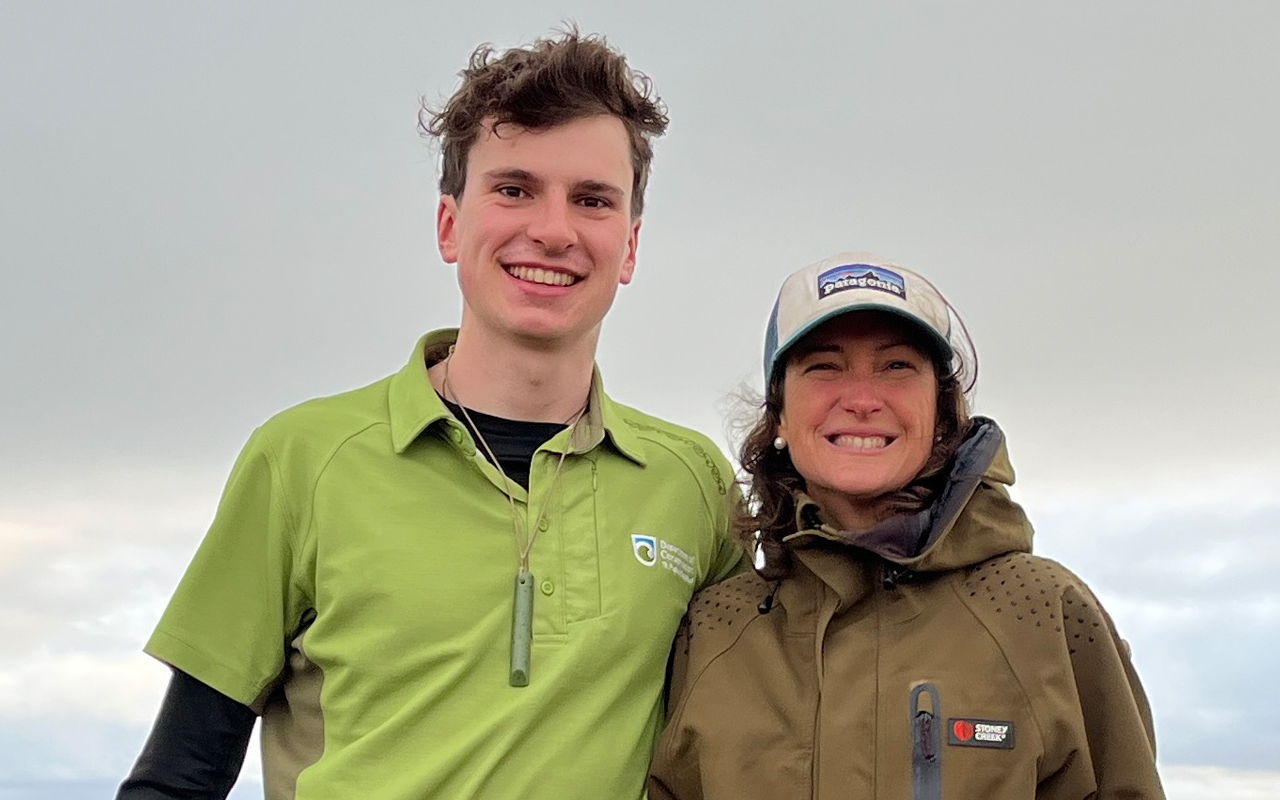Rakiura airdrop of 1080 to save critically endangered dotterel
28 August 2025, 2:15 AM
 A large-scale aerial drop of the controversial bait 1080 has been completed on Rakaura/Stewart Island, in an attempt to save the critically endangered Pukunui/Southern NZ Dotterel. Photo: S Roselli/DOC
A large-scale aerial drop of the controversial bait 1080 has been completed on Rakaura/Stewart Island, in an attempt to save the critically endangered Pukunui/Southern NZ Dotterel. Photo: S Roselli/DOCA large-scale 1080 bait aerial operation has been carried out by the Department of Conservation (DOC), across 40,000 hectares of Rakiura National Park, in an attempt to save the critically endangered Pukunui/Southern New Zealand dotterel from extinction.
This was the first time the controversial bait has been applied aerially on the island to protect the native pukunui, which currently number just 105 birds.
At the same time Zero Invasive Predators Ltd, an organisation dedicated to finding new sustainable ways to eradicate pests, also conducted a small-scale eradication trial across 6,500 hectares testing tools and techniques for the Predator Free Rakiura project.
Pukunui were once widespread across the South Island, but now only survive as an isolated population on Rakiura - where they continue to come under intense pressure from introduced pests.
DOC Southern South Island Operations Director Aaron Fleming said the aim of the DOC operation was to give the birds a lifeline by heavily reducing feral cats, rats and possums.
"The population has declined from 176 since 2020, largely due to predation by feral cats. In the 2023 season alone at least 41 adult birds died."
“Over the years, our team have worked extremely hard trapping, hunting and using bait stations to control predators but with pukunui numbers continuing to decline, it was clear we needed to take a different approach – before it was too late,” Fleming said.
The safest and most effective way to control predators over large, remote areas is to use bait pellets containing 1080, which are distributed from helicopters along predetermined and monitored flight paths.
The bait targets rodents and possums, with feral cats controlled as they feed on the poisoned carcasses.

DOC Pukunui ranger Dan Cocker and NZ Nature Fund Chief Executive Sarah Lyttle. In 2023 the Fund launched a campaign to raise funds to support DOC's Pukunui Recovery Team. CLICK HERE to find out more. Photo: Supplied
Fleming said hundreds of remote trail cameras had been set out in the operational area to monitor predators before and after the operation.
Warning signs were also in place at access points to the predator control area, warning hunters not to eat animals from within the treatment area and two-kilometre buffer zone, until the warning signs have been removed.
Fleming said DOC was optimistic for the breeding season this spring and summer, with the next pukunui flock count scheduled for autumn next year.
“A predator free Rakiura is the long-term solution for pukunui and other vulnerable native species, but urgent action was desperately needed, or it could have been too late for this unique New Zealand species.”
The aerial operation was largely funded by $3 million from the International Visitor Conservation and Tourism Levy.
DOC was also grateful for support from the New Zealand Nature Fund, donors and others who contribute to the ground-based predator control and management of pukunui, he said.